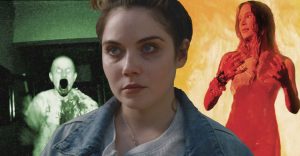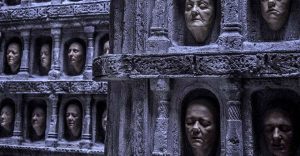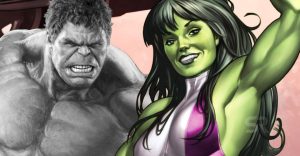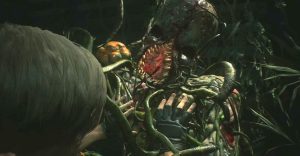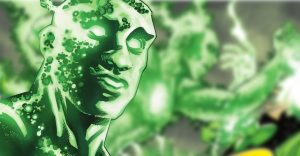Turning Green Lantern EVIL Was DC’s Biggest Controversy
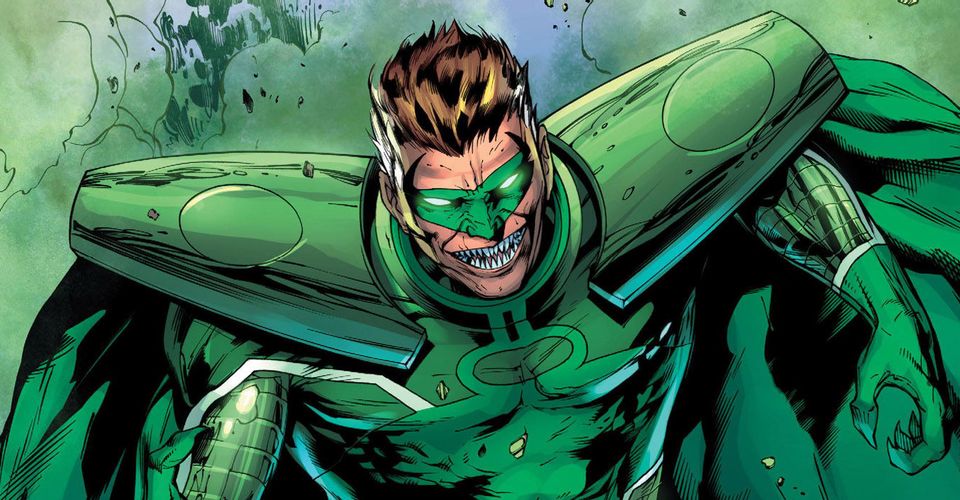
DC is no stranger to controversy, but arguably one of the comic book publisher’s most controversial decisions in the last 30 years was to make part-time Air Force pilot and full-time space cop Hal Jordan, AKA the Green Lantern, into a murderous super villain.
Over a decade prior to Warner Bros. editing Ryan Reynolds into a muscle sinewy CGI suit, DC turned the once cavalier guardian of space sector 2814 into one of the galaxy’s biggest baddies. Not only did DC effectively turn a hero that existed since 1959 into a rampaging psychopath, but also killed off the book’s entire supporting cast Game of Thrones style just to add salt on the wounds.
It was a decision that was eventually soft-retconned by legendary DC writer Geoff Johns in Green Lantern: Rebirth one decade later, but in 1994 it left a lasting impact on comic book lore as the first time mass nerd rage and the internet coalesced into the perfect maelstrom of hatred usually only seen in religious fanatics. It wouldn’t be the last time DC enraged fans with a controversial plotline, but this one serves as a milestone in geek culture as the controversy that first created something that is all too common in comic book fandoms today–online troll groups.

Tying in to the Reign of the Supermen saga, Hal Jordan’s descent into madness began in a 1994 story written by Ron Marz titled Emerald Twilight. In the events following The Death of Superman, the extraterrestrial despot Mongul and Cyborg Superman team up to transform Earth into a Warworld battle station. This results in the two Superman villains turning Jordan’s hometown of Coast City into a way-station for a giant terraforming engine, destroying not only the city itself, but also all of its 7 million inhabitants.
His spirit broken, Hal continually hears the anguished cries of the people he couldn’t save, which eventually breaks his mind as well. Attempting to reconstruct Coast City and it’s dead inhabitants with the power of his Green Lantern ring, the Guardians of the Universe (Hal’s space bosses) order him to return to Oa to be punished for using his galactic bling for personal gain. Enraged, Hal goes on a dark journey that leads him to kill his fellow Green Lanterns in battle (including his close friends), snap the neck of his arch nemesis Sinestro, and drain the Oan Central Power Battery, transforming him into the interstellar mass-murderer Parallax.
To say Green Lantern fans were upset by Emerald Twilight would be like claiming the Joker is just an off-color comedian. Some fans were unfathomably livid, even going as far as sending death threats to DC’s editorial team. With the internet just starting to become a staple in American households, angry nerds were finally able to seek out other like-minded angry nerds and the result was an echo chamber of cyber rage against the publisher. As Forces of Geek points out, this wasn’t the regular “they done my character wrong” kind of anger, but the kind of anger usually reserved for acts of war.

Comic book geeks are known for getting upset at character decisions they disagree with, but Emerald Twilight was groundbreaking in that it effectively created the online nerd rage culture we still see on social media today. Some comic book readers were so inconsolably angry that they created a full-fledged group (complete with membership fees) dedicated to reinstating Hal Jordan as the true Green Lantern, resurrecting the Green Lantern Corps, and firing members of the editorial team behind Emerald Twilight. This group, called H.E.A.T. (Hal’s Emerald Attack Team), pulled several outlandish stunts in the 90s including paying $3,500 to run a full-page ad in Wizard Magazine stating their cause. And thus, the pioneers of online trolling came to be.
The editorial team behind the controversial decision to make Hal Jordan go from a fun, ring-slinging space cop to Darth Vader knew it would stir a major controversy among fans, so why did they do it? Short answer–because it would get people to care about Green Lantern again. The 90s were a wild time for DC Comics; publishers such as Image and Dark Horse were introducing new characters outside DC and Marvel to mainstream readers. Classic characters who had withstood the test of time since before the advent of nuclear energy were suddenly being outsold by undead warriors from hell and exiled alien dictators.

DC needed a way to make their characters relevant again, so they took bold actions. They killed Superman in an epic battle against a genetically engineered Doomsday beast, they broke Batman’s back against a foe both stronger and smarter than the Dark Knight, and they stripped away the humanity of one of their most beloved characters, Green Lantern. By making Hal the sacrificial lamb, DC rebuilt the Green Lantern mythos out of the ashes of over 3 decades of comic book history. They introduced a new, Corps-less Green Lantern named Kyle Rayner, a comic book artist with a flair for the whimsical. The Justice League had a younger, fresher Emerald Knight on their team. And life eventually went on in the DC Universe.
What made nerds go so irrationally rabid over a fictional character? In recent times, other fandoms have faced similar backlash over character decisions such as Game of Thrones for turning their beloved Dragon Queen, Daenerys Targaryen, into a city-burning dictator. For some pop-culture consumers, these fictional characters hold the same reverence as religious icons. Suggesting that Hal “Highball” Jordan is capable of murdering his best friends is tantamount to sacrilege. And if there is one thing that’s more fanatically formidable than an angry nerd, it’s an angry nerd with internet access.
Source: Forces of Geek
About The Author











